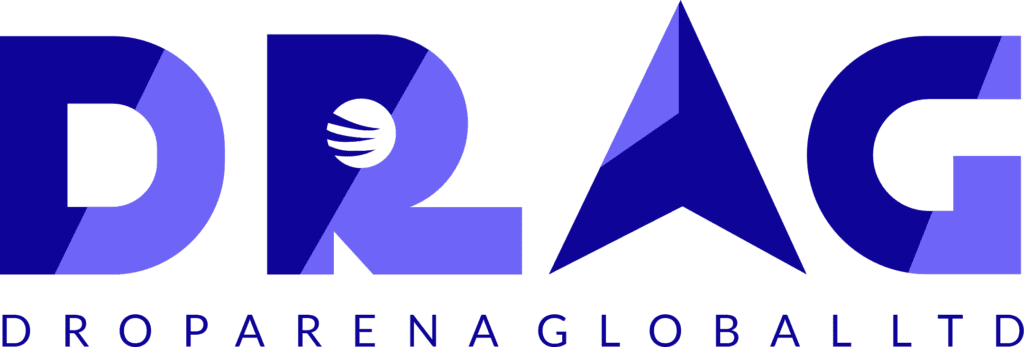In an increasingly digital world, simply having a website isn’t enough. To truly harness the power of your online presence, you need to delve into website analytics. Often underutilized, analytics can unlock insights that drive significant business growth. This article will explore the hidden power of website analytics and how you can leverage data to enhance your business strategy.
1. Understanding Your Audience
Website analytics provide a wealth of information about your visitors. By understanding who they are, where they come from, and what interests them, you can tailor your content and marketing strategies more effectively.
- Demographics: Get insights into the age, gender, and location of your visitors. This information allows you to create targeted marketing campaigns that resonate with your audience.
- Traffic Sources: Identify how visitors find your website—whether through search engines, social media, or direct visits. Knowing your most effective traffic sources enables you to focus your efforts on the channels that yield the best results.
- User Behavior: Track how visitors navigate through your site, which pages they visit, and how long they stay. Understanding their behavior helps you create a more engaging user experience.
2. Optimizing Website Performance
Analytics reveal how well your website is performing and where improvements are needed. By regularly monitoring key performance indicators (KPIs), you can enhance user experience and increase conversion rates.
- Page Load Times: Slow-loading pages can deter visitors. Analytics tools help you identify slow pages so you can optimize them for better performance.
- Bounce Rate: A high bounce rate indicates that visitors are leaving your site without engaging. Analyzing which pages have high bounce rates allows you to make necessary adjustments, such as improving content or navigation.
- Session Duration: Understanding how long users stay on your site helps you gauge the effectiveness of your content. Longer session durations typically indicate engaging content, while shorter times may signal a need for improvement.
3. Enhancing User Experience
Website analytics give you insight into how visitors interact with your site. By analyzing user behavior, you can identify areas for improvement that enhance the overall user experience.
- User Flow: Analyze the path users take through your site to identify common navigation patterns. This insight helps you optimize your site structure and improve user pathways.
- Heatmaps: Utilize heatmaps to visualize where users click and scroll on your pages. Understanding which elements attract attention can inform design and content decisions.
- Conversion Rate Optimization (CRO): Track conversion rates for specific actions, like form submissions or purchases. Use this data to refine your calls-to-action (CTAs) and landing pages, boosting conversion rates.
4. Refining Marketing Strategies
Website analytics provide a clear picture of which marketing efforts are effective. By analyzing this data, you can optimize your campaigns for better results.
- Campaign Performance: Set up UTM parameters to track the performance of your marketing campaigns. This allows you to see which efforts drive the most traffic and conversions.
- Attribution Modeling: Understand how different channels contribute to conversions. This analysis helps you allocate your marketing budget more effectively, focusing on high-performing strategies.
- Return on Investment (ROI): By comparing the costs of your marketing efforts to the revenue generated, analytics enable you to evaluate the effectiveness of your campaigns and adjust your approach accordingly.
5. Improving SEO and Content Strategy
Analytics play a vital role in optimizing your SEO and content marketing strategies. By studying search data and user behavior, you can create content that resonates with your audience and ranks well in search engines.
- Keyword Analysis: Identify which keywords are driving traffic to your site. If certain keywords attract visitors but result in high bounce rates, it may indicate a mismatch between search intent and content.
- Content Performance: Monitor metrics like page views, time on page, and exit rates to see which content is most engaging. Use these insights to guide future content creation and improve existing pages.
- Search Engine Rankings: Track your organic search performance over time. By understanding which pages rank well and which don’t, you can refine your SEO strategy for better visibility.
Conclusion: Unlock the Full Potential of Your Website
Website analytics are a powerful tool for any business looking to grow and succeed in the digital landscape. By leveraging data-driven insights, you can optimize your website, enhance user experience, and refine your marketing strategies. The hidden power of analytics lies in its ability to turn data into actionable insights that drive meaningful change.
Are you ready to tap into the power of website analytics for your business growth? Contact us at DRAG to learn how we can help you leverage analytics for success. Don’t forget to follow us on Twitter and LinkedIn for more insights into maximizing your digital presence!

